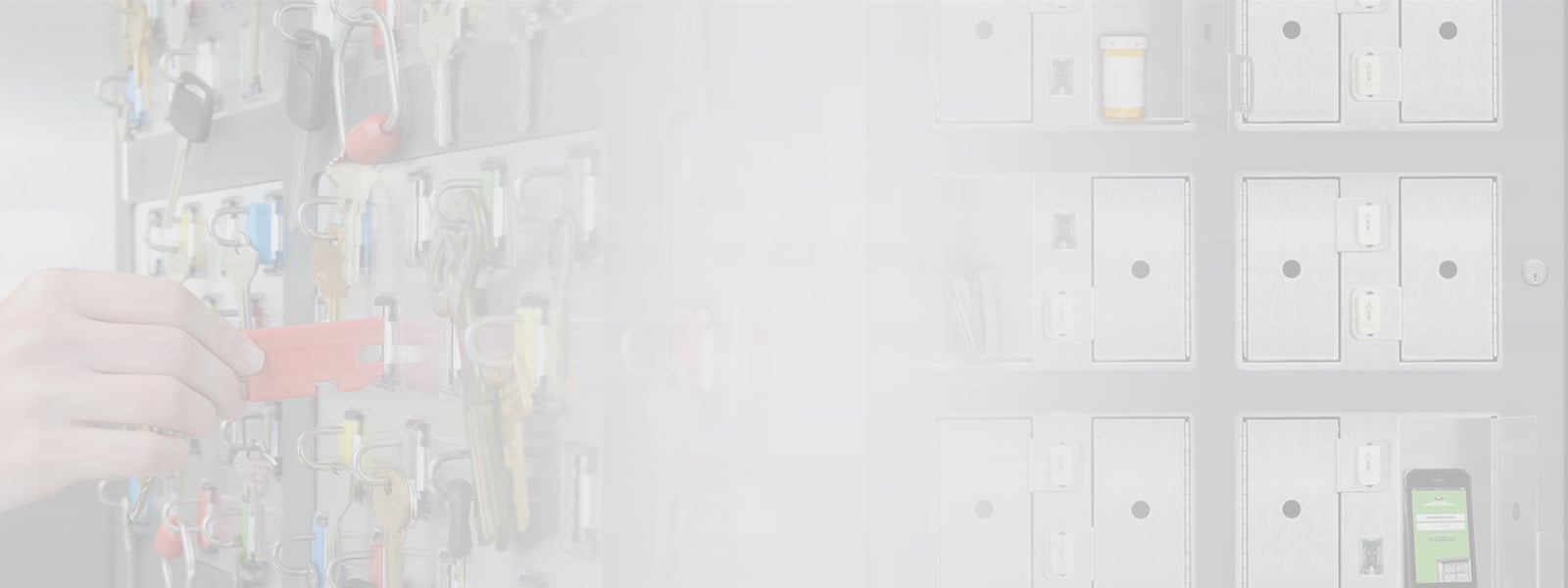Healthcare facilities and hospitals are faced with unique challenges when it comes to physical security, but there are many steps that can be implemented to minimize the potential for adverse incidents. While it is not always possible to control who comes into the facility, security personnel can definitely control the chances of someone internally compromising security.
A reliable and proven method of helping to secure a facility from within is a key control and key management system. More efficient than manual procedures, automated key control systems with tracking capability can help to ensure the deterrence and detection of unwarranted access to controlled areas within the hospital or medical care facility. A key control and management system is also a step toward compliance with various government regulations such as JCAHO (Joint Commission on the Accreditation of Healthcare Organizations) and IAHSS (International Association for Healthcare Security & Safety).
Key control and management systems are designed to record the access history of each key, including user, date and time of checkout and return. Using PIN codes or biometric authentication, these systems make it easier for authorized users to access keys when needed and for security management to perform forensic audits when necessary. And, also important in a public space, key control systems are virtually tamper proof and will sound an alarm if a user tries to force the cabinet door open or dislodge a key with force. For added convenience, key control systems can also be integrated with other hospital security measures such as card access systems and connected to the network via Ethernet for faster and easier administration.
Many hospitals and healthcare facilities are also designing their key control cabinets with automated asset control lockers. These are used to store and protect valuable electronic items such as laptop computers and cell phones, etc. They may also be used to safeguard objects belonging to patients brought in to emergency or for temporarily storing a handgun or taser belonging to law enforcement officers.
Whatever the need, key control and asset management systems offer intensive care solutions to hospitals and other healthcare facilities.



